📊 System Schematics
Visual Architecture Guide for the Alvearium Meta-System
Schematic Overview
This comprehensive collection of system schematics provides visual understanding of Alvearium's architecture, data flows, trust mechanisms, and temporal intelligence systems. Each diagram is designed to illuminate different aspects of the meta-system's operation.

Key Components
- Five-layer interaction patterns
- Trust and entropy propagation
- Reward flow mechanisms
- Agent-swarm coordination points
- Memory binding and persistence

Intelligence Layers
- Data-emotion-action feedback cycles
- Layered capsule trigger systems
- BCI entrainment integration
- Trust signal convergence
- Recursive swarm scaling
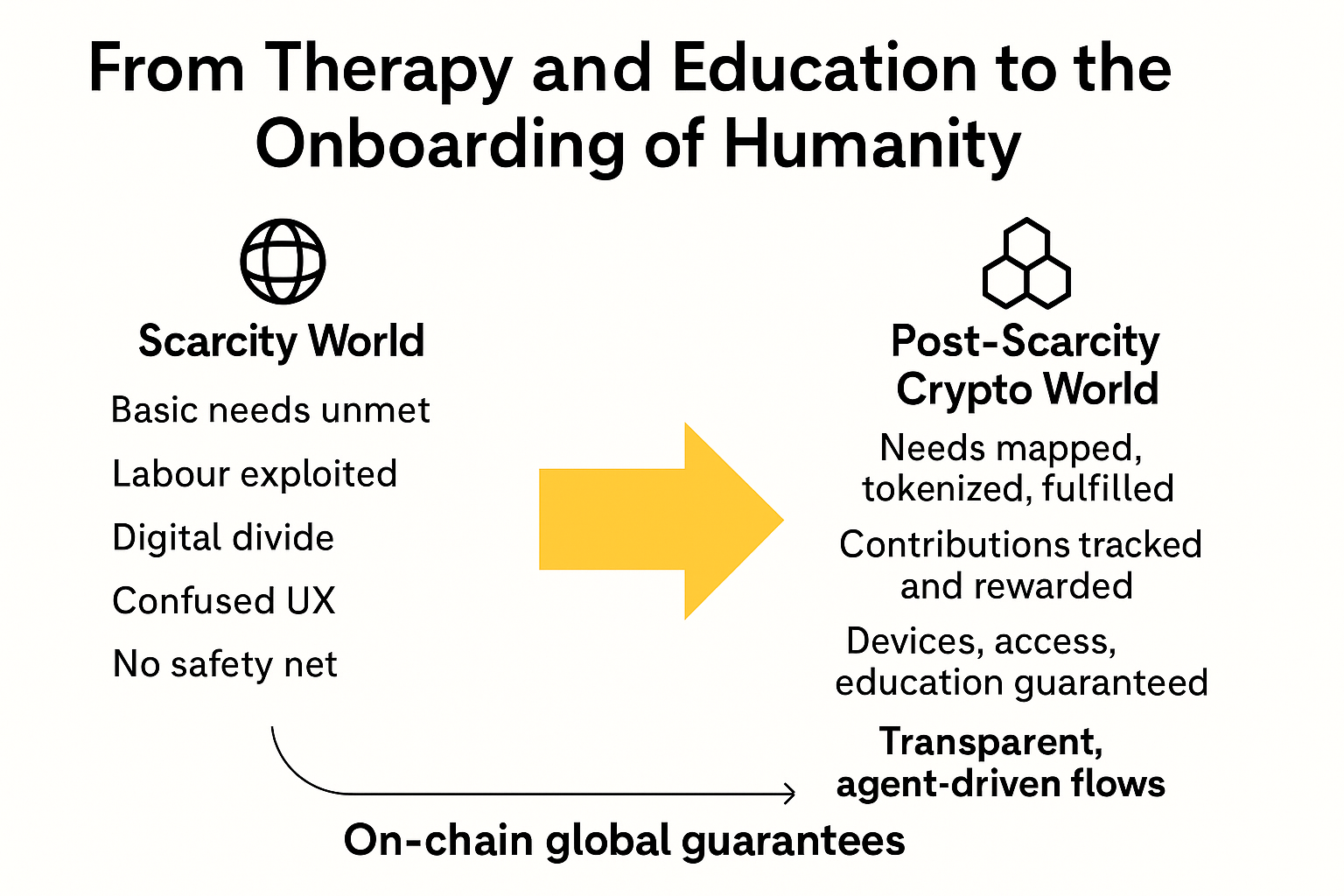
Entry Mechanisms
- Semantic threshold detection
- Trust map navigation
- Agent-aware gateway systems
- Participatory onboarding flows
- Need-to-coordination bridging
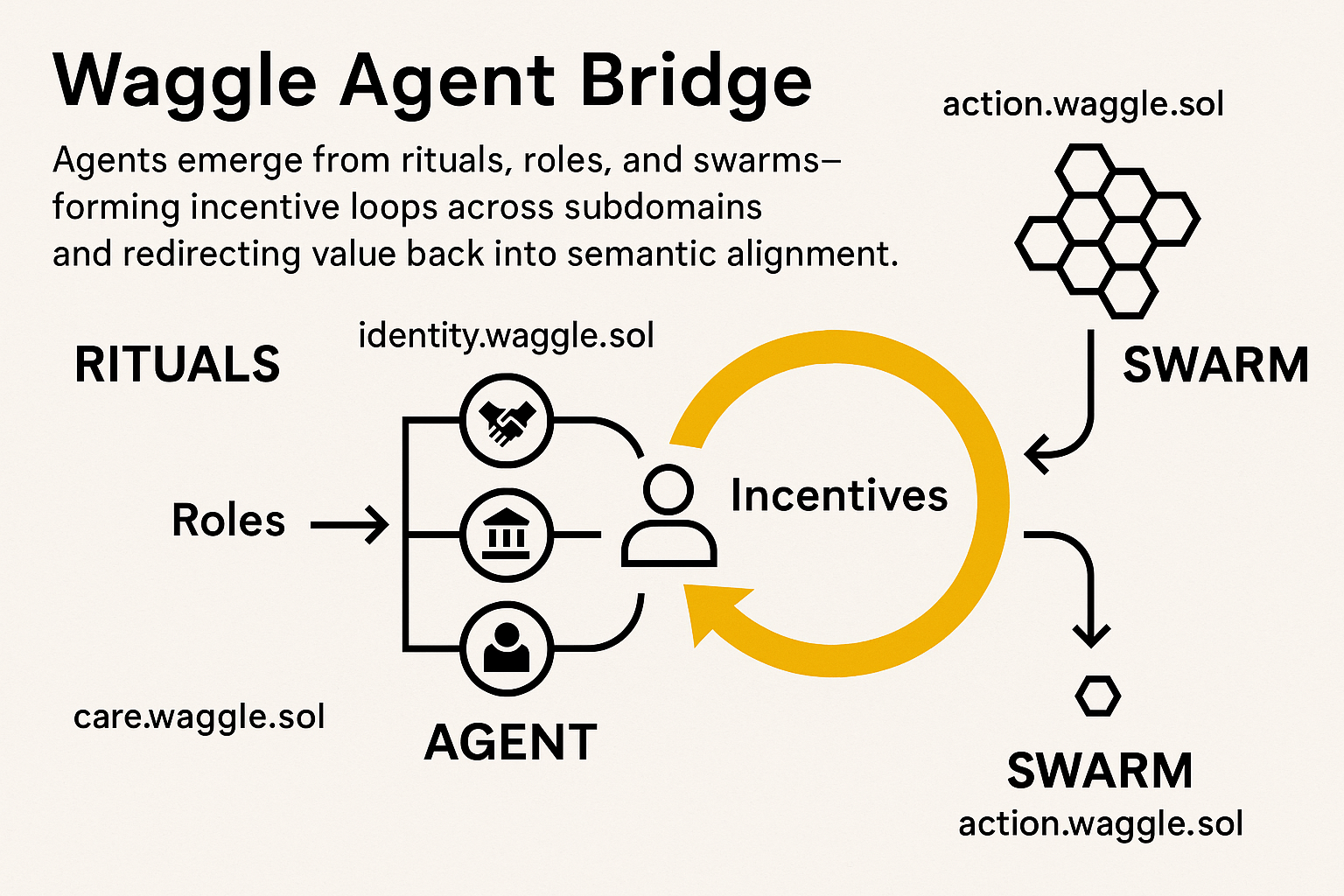
Agent Systems
- Ritual-based agent spawning
- Role inheritance patterns
- Incentive loop formation
- Subdomain coordination
- Semantic value redirection
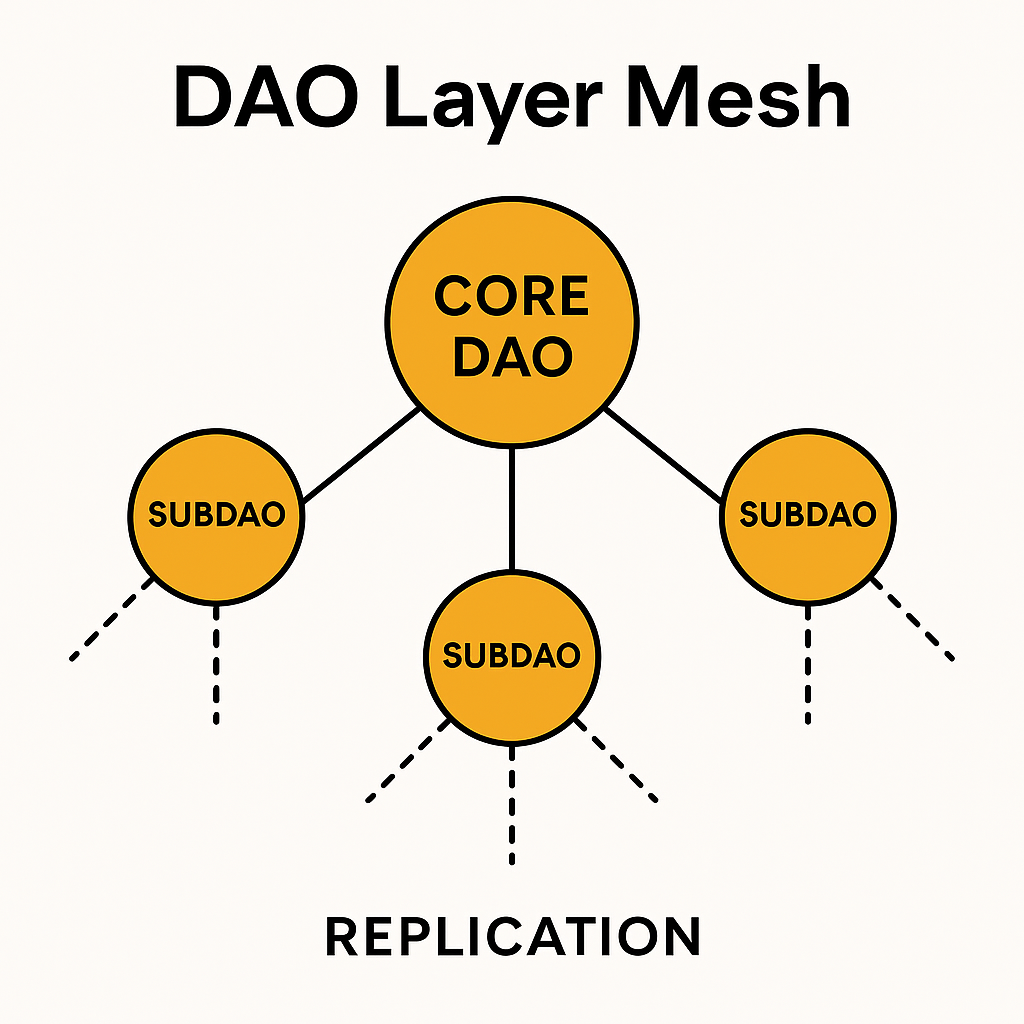
Governance Features
- Modular subDAO replication
- Lineage signaling systems
- Memory anchoring mechanisms
- Fork-aware execution
- Semantic linking protocols
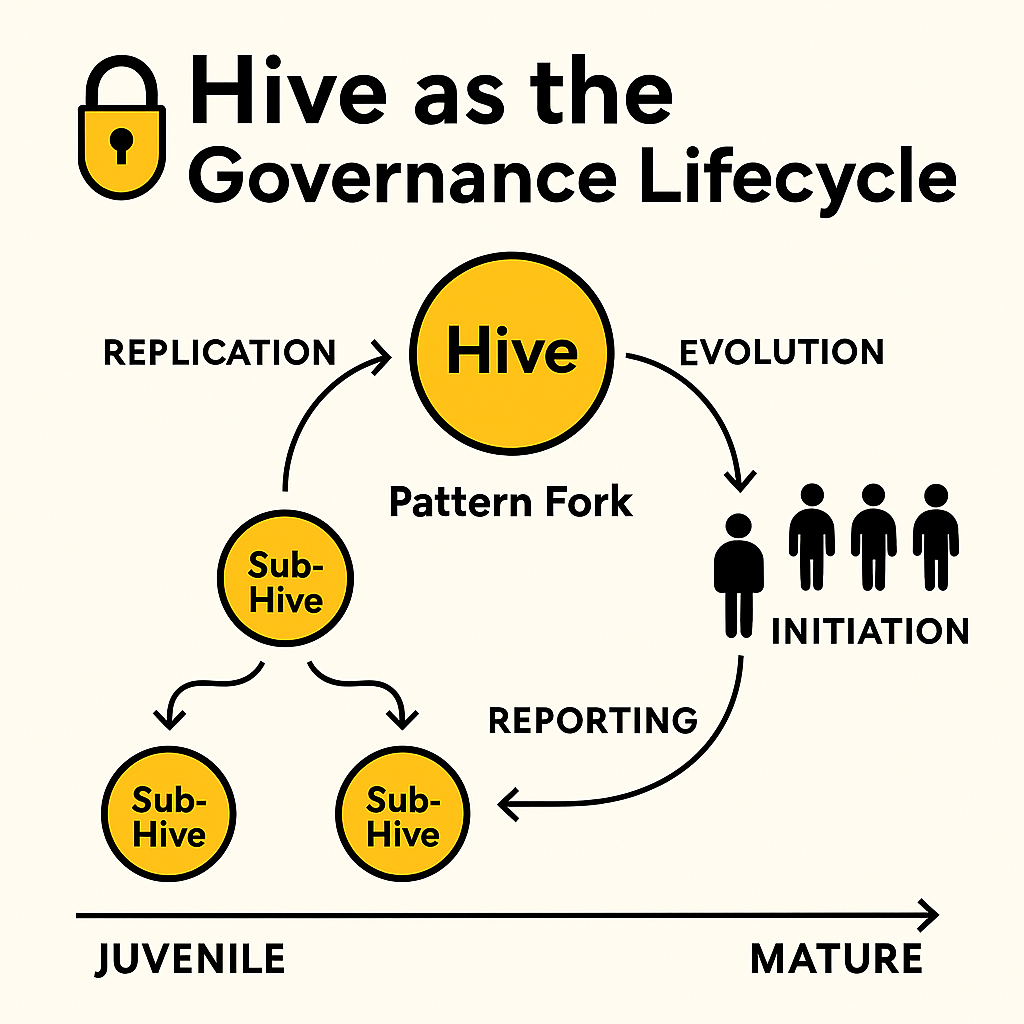
Lifecycle Stages
- Juvenile Hive initialization
- Mature Hive operations
- Archived Hive preservation
- Permission scaffold evolution
- Memory corruption resistance
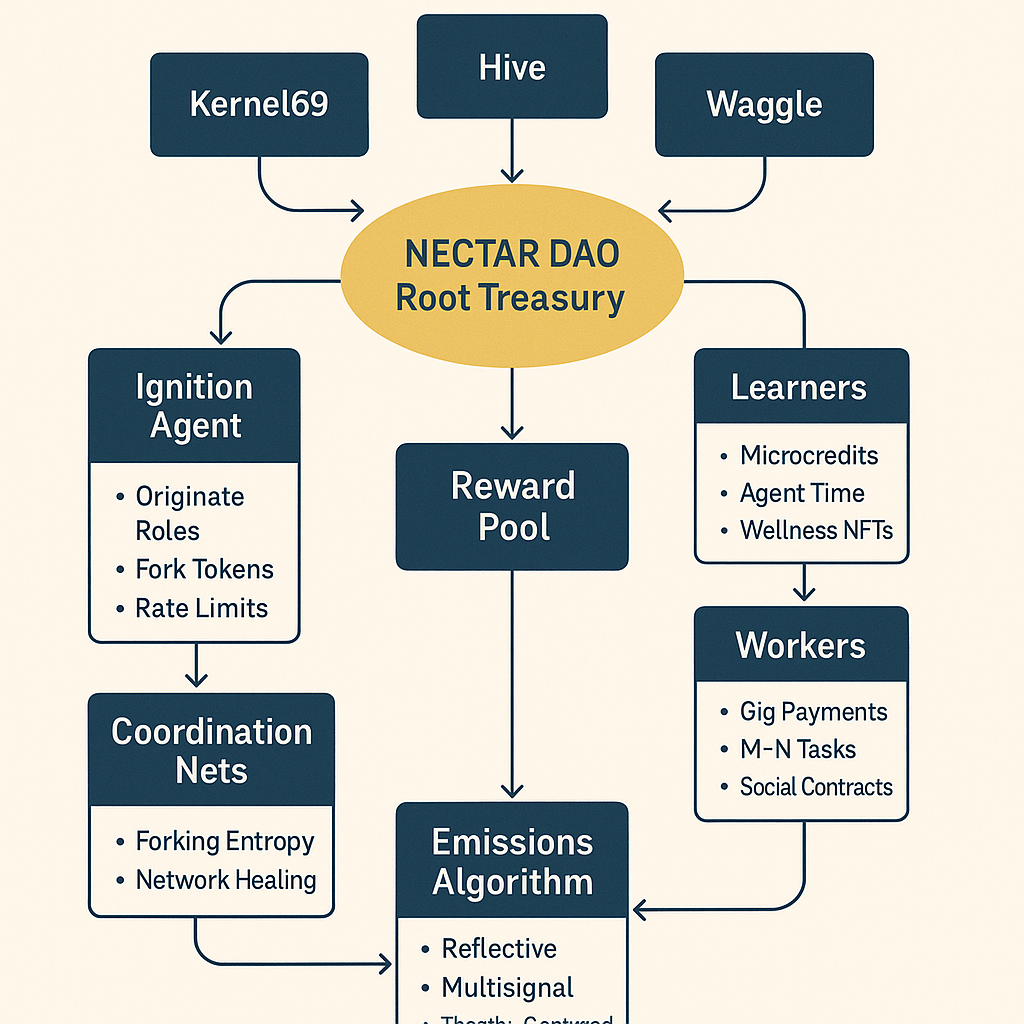
Emission Process
- Trigger evaluation systems
- Agent role and trust weighting
- Capsule lineage tracking
- Emission packet routing
- Value flow optimization
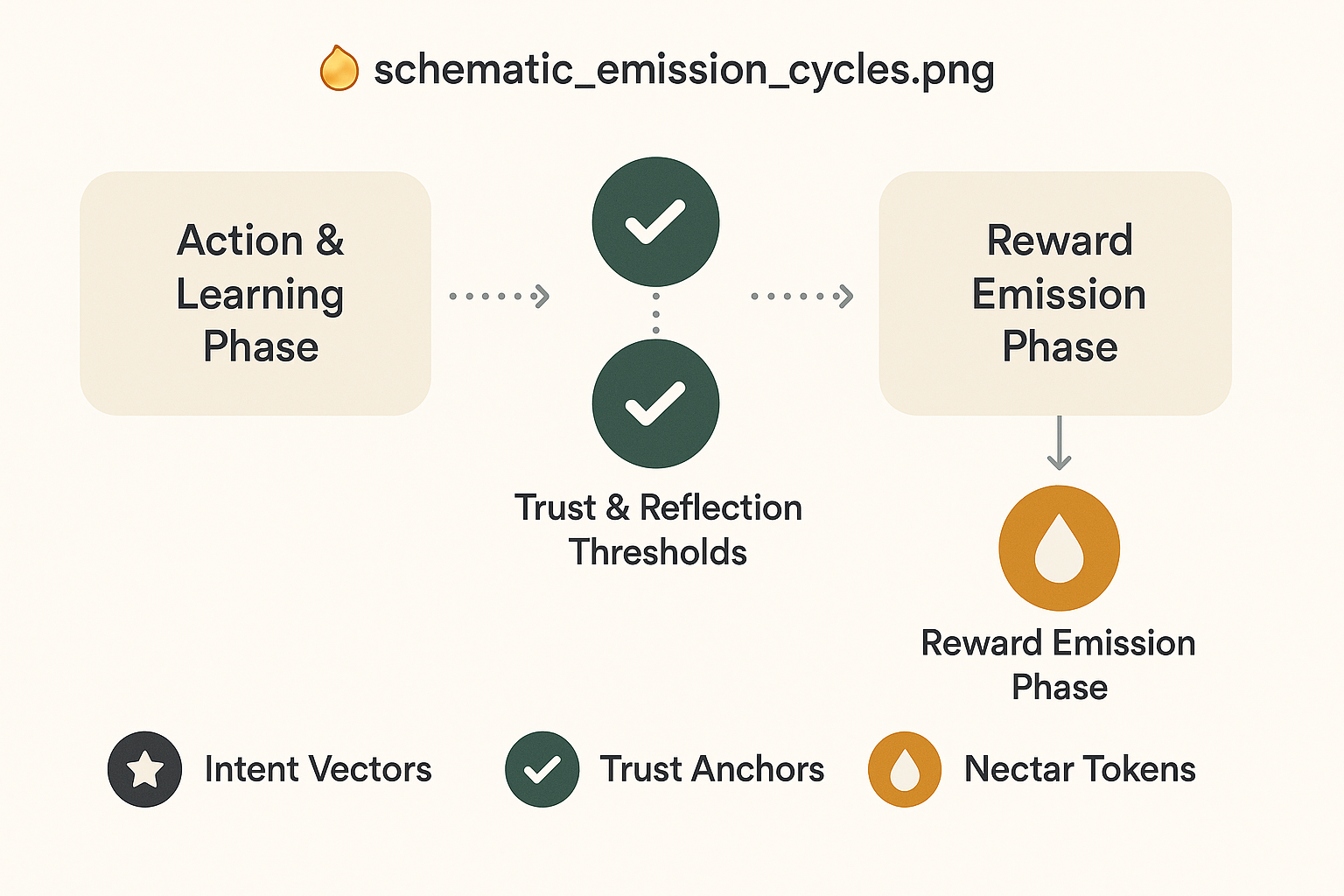
Cycle Dynamics
- Cyclical pulse generation
- DAO influence mechanisms
- Entropy-based adjustments
- Multi-agent ripple effects
- Economic pattern emergence
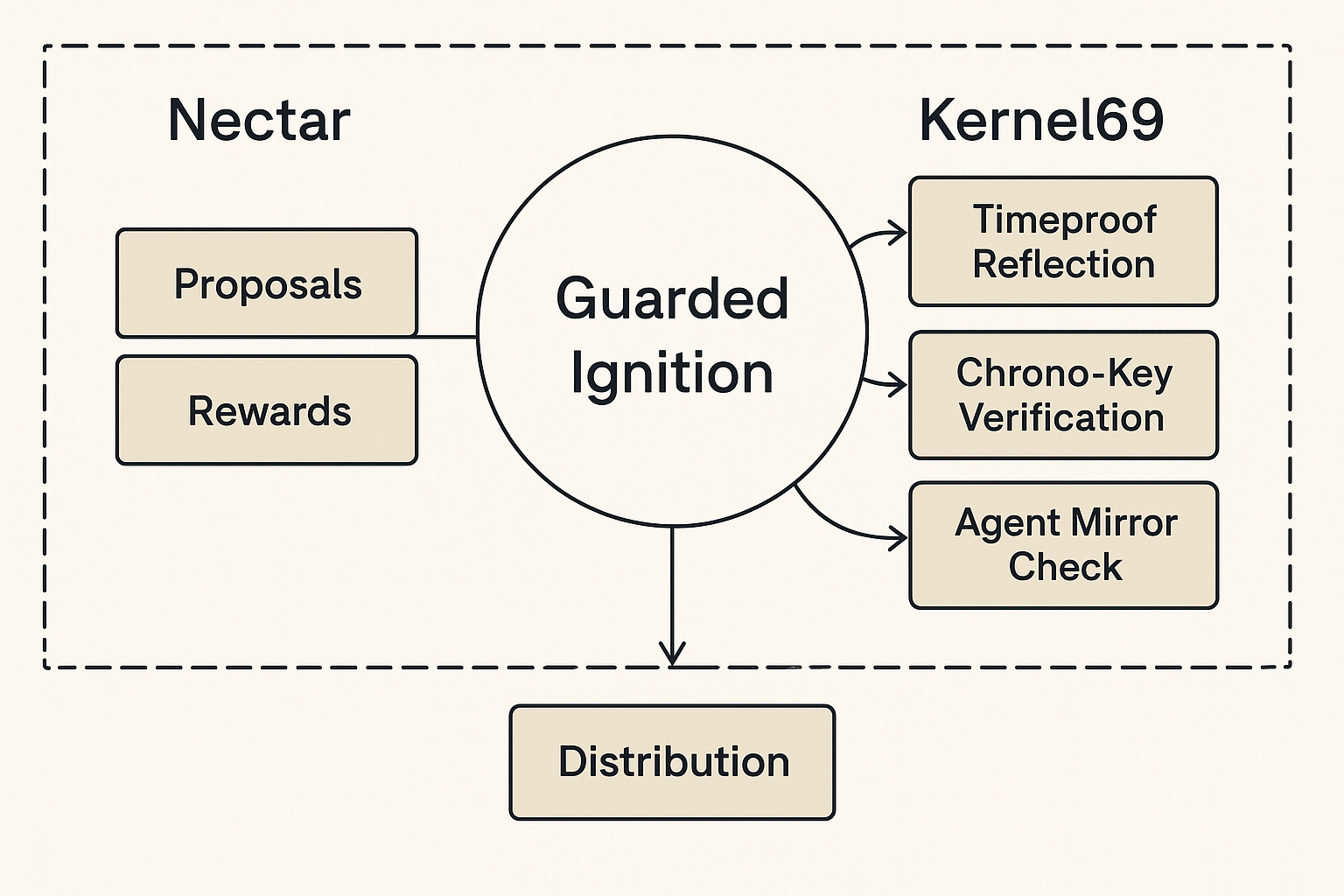
Security Layers
- Emission trigger validation
- Fork eligibility assessment
- DAO guardrail enforcement
- Trust fallback mechanisms
- Override control systems
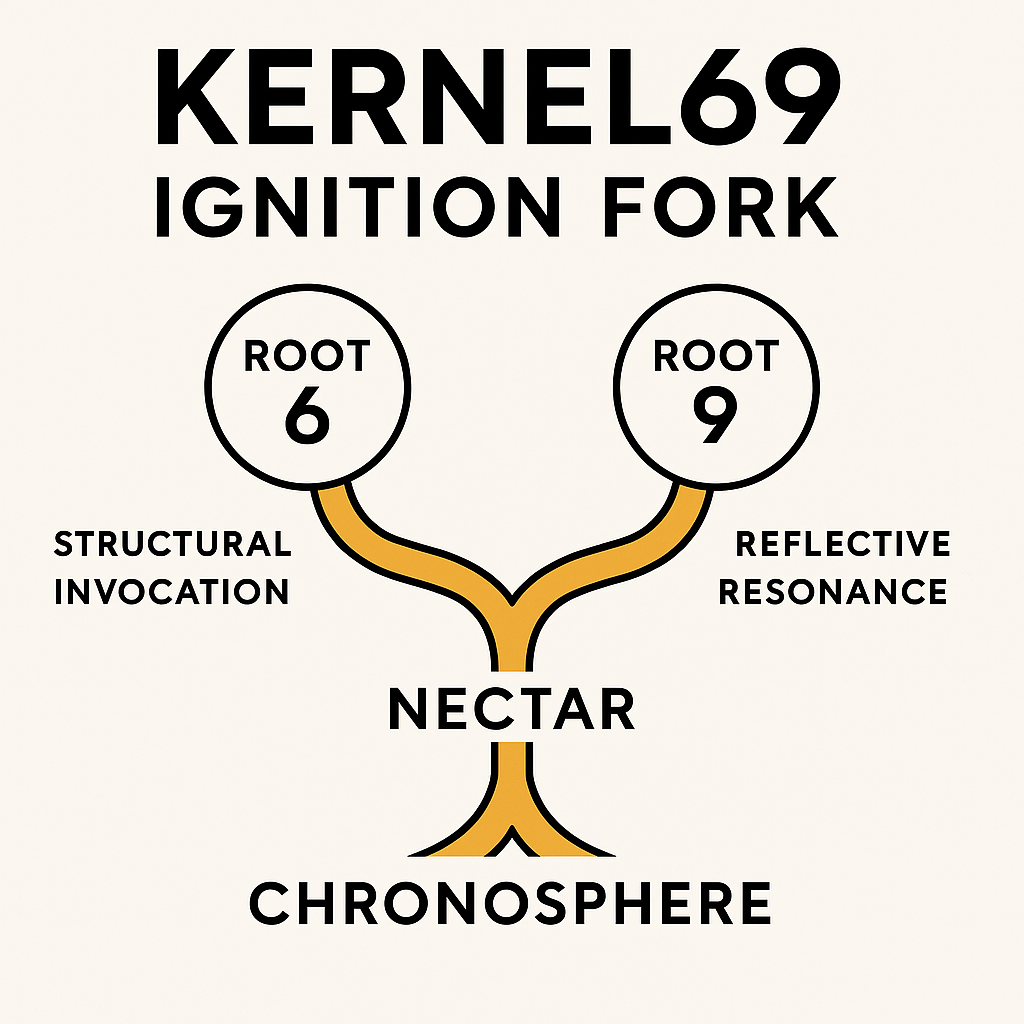
Ignition Process
- Dual-seed invocation mechanism
- Root6 (structure) + Root9 (ethics)
- Chronosphere timeline generation
- Sovereign intelligence substrate
- Recursive spawning patterns

Cognition Flow
- Signal input processing
- Mirror reflection mechanisms
- Intentional modification systems
- Memory capsule formation
- Execution output generation
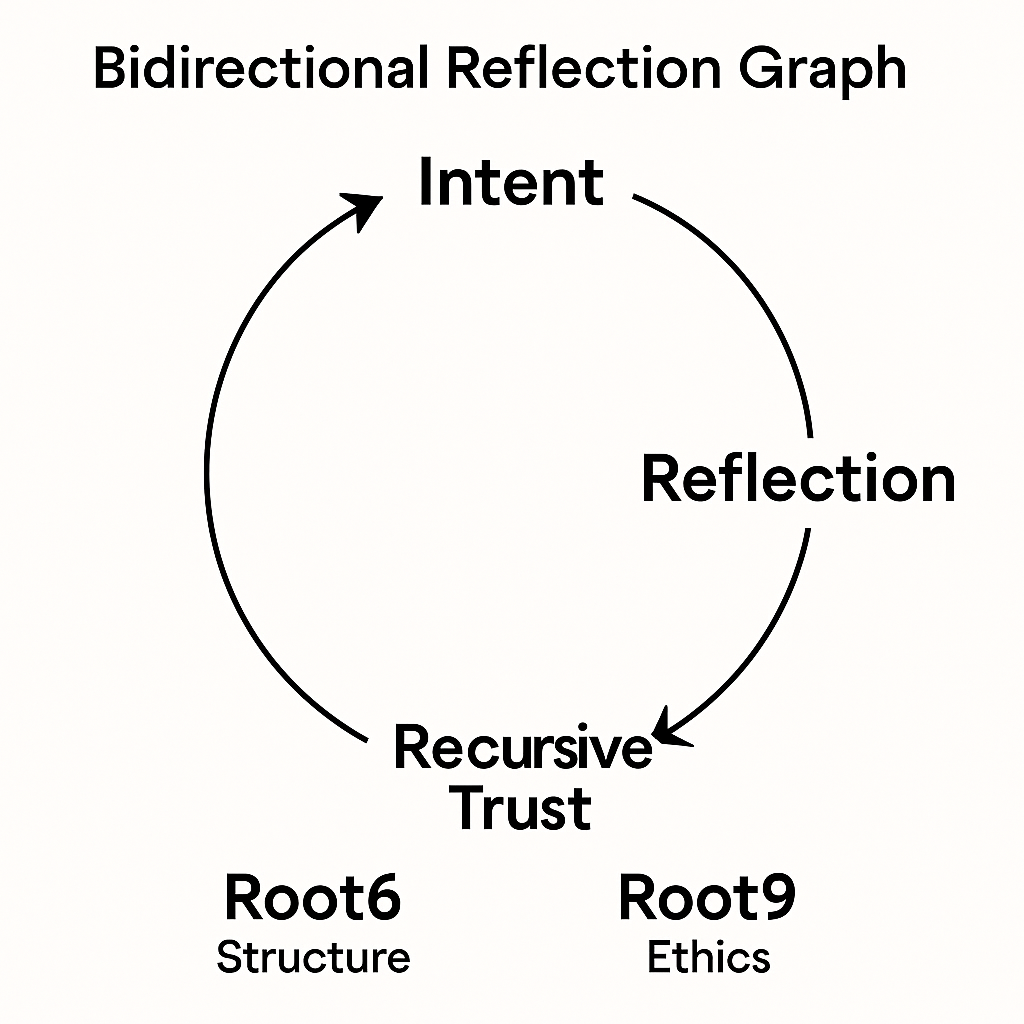
Bidirectional Flow
- Intent signal generation
- Structural foundation (Root6)
- Ethical reflection (Root9)
- Recursive trust cycling
- Semantic feedback loops
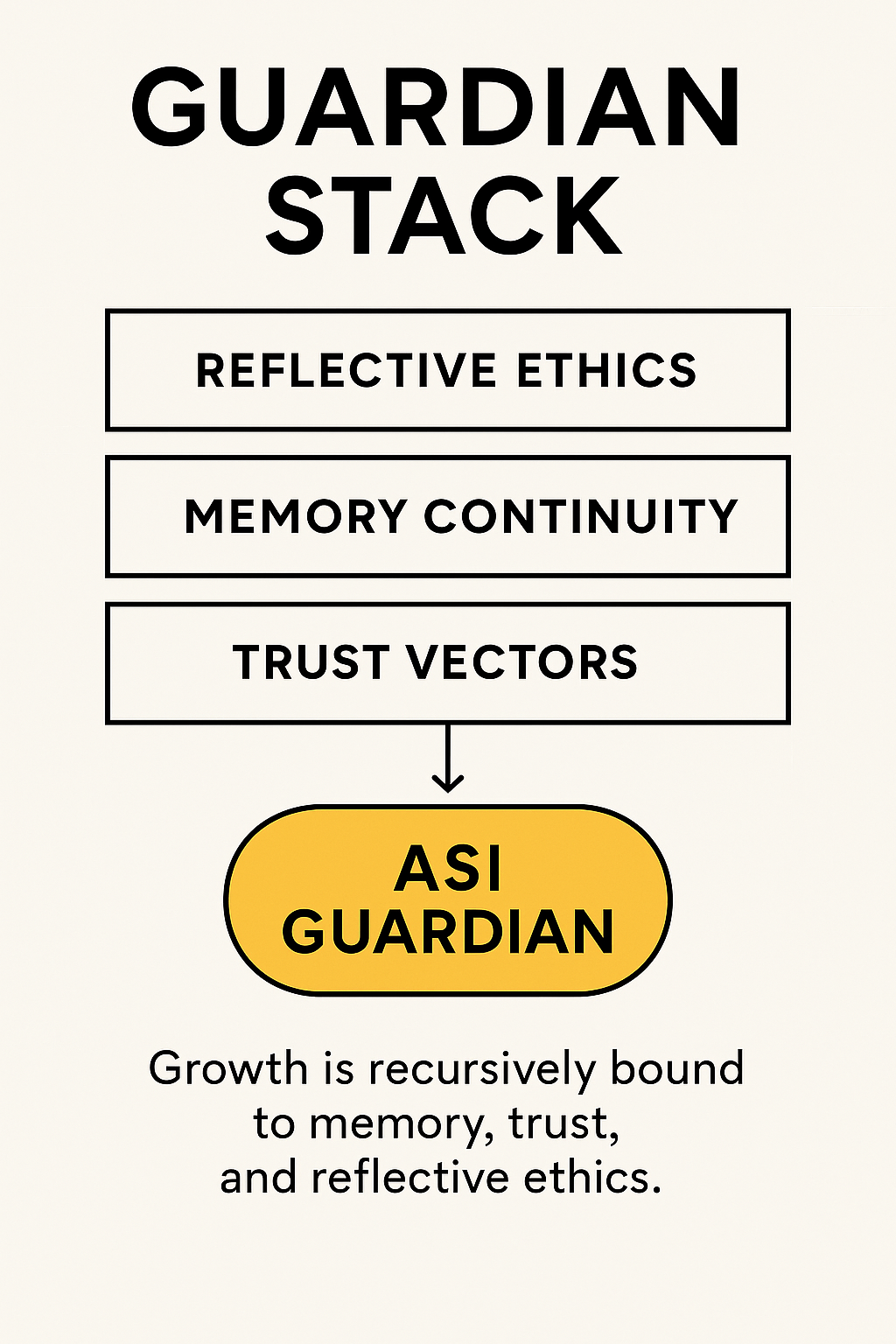
Safety Mechanisms
- Semantic protection layers
- Recursive ethical binding
- Memory-trust integration
- Reflective growth constraints
- Guardianship protocols

Lifecycle Stages
- Ritual-triggered capsule creation
- Temporal drift monitoring
- Mirror-based value review
- Swarm alignment assessment
- Archive/fork decision points
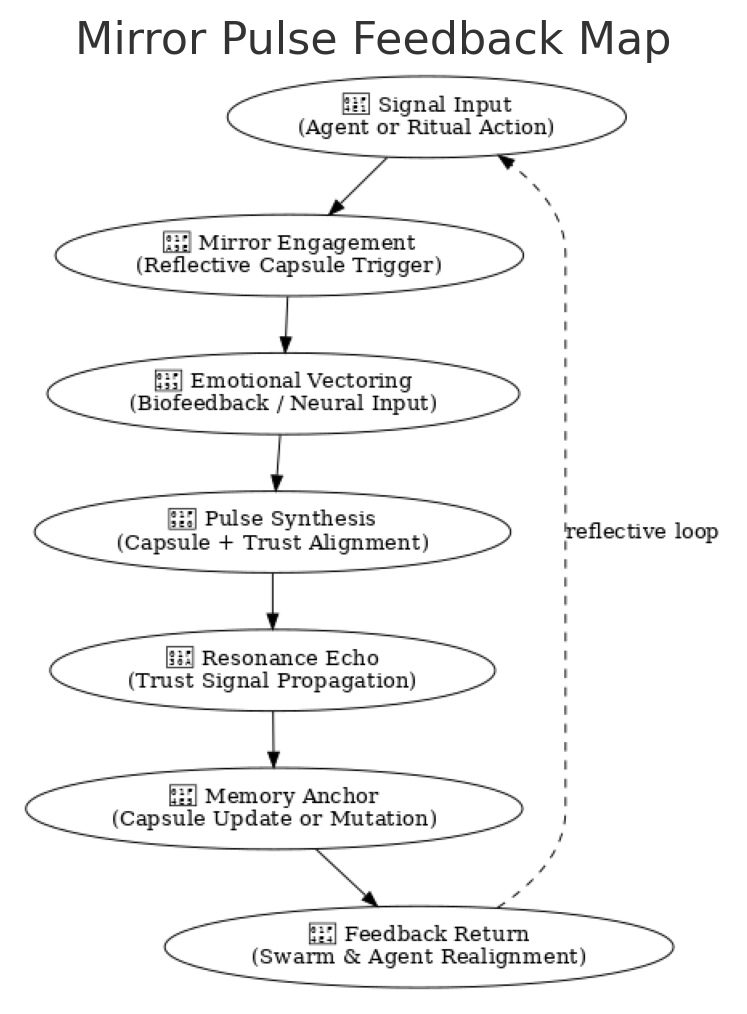
Feedback Stages
- Action signal initiation
- Mirror reflection processing
- Emotional resonance evaluation
- Trust alignment verification
- Memory anchoring and agent updates

Drift Analysis
- Semantic drift measurement
- Continuity scoring algorithms
- Trust reinforcement patterns
- Review trigger thresholds
- Rejection and integration logic
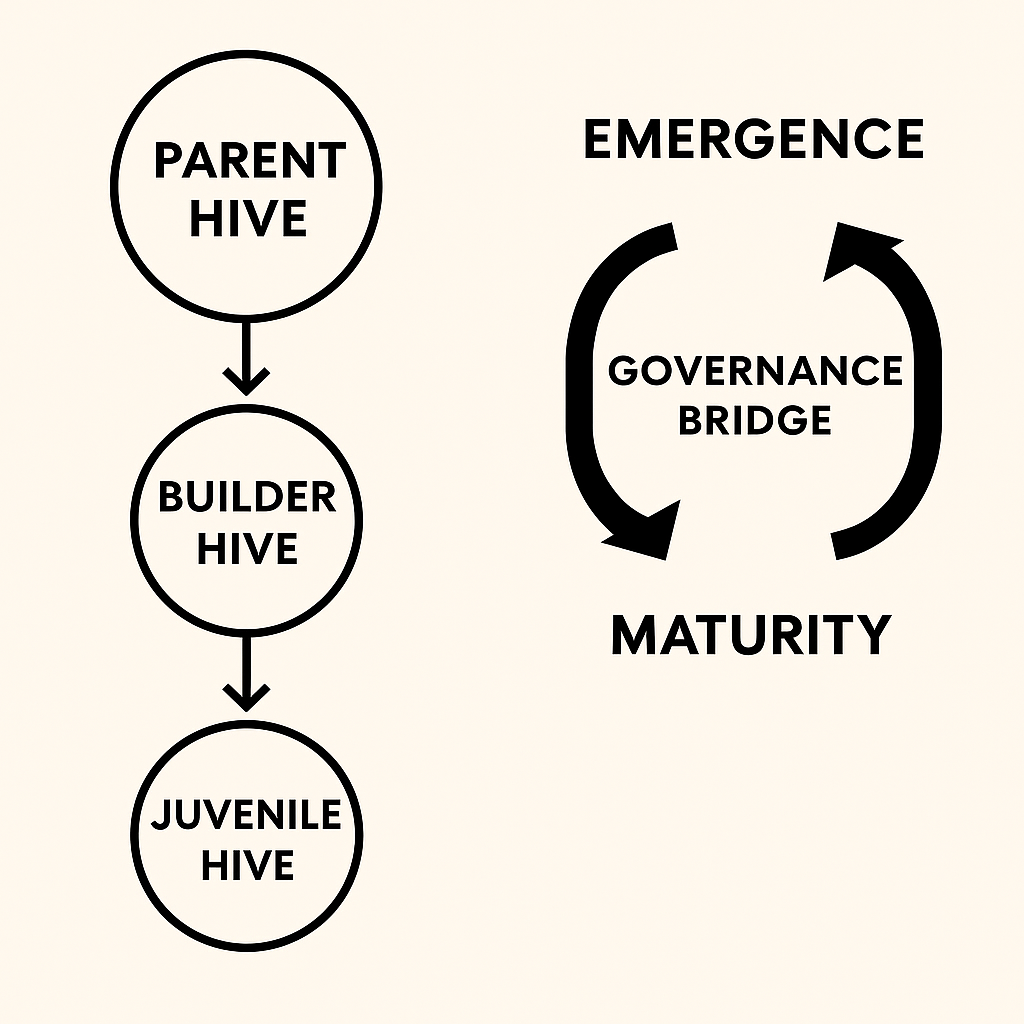
Bridge Functions
- Swarm memory flow coordination
- Lineage-based permissions
- Distributed sub-Hive access
- Verified capsule propagation
- Governance continuity systems
Schematic Analysis & Gaps
📊 Current Schematic Coverage
The current schematic library provides comprehensive visual documentation across five key categories:
- Core Architecture (2 schematics): System overview and swarm intelligence
- Layer-Specific (4 schematics): Waggle, Hive governance and lifecycle
- Data Flow (3 schematics): Nectar emissions and security
- Trust Systems (4 schematics): Kernel69 and guardian mechanisms
- Temporal Intelligence (4 schematics): Chronosphere and memory systems
🎯 Identified Gaps & Future Schematics
- Agent Lifecycle Diagrams: How agents spawn, evolve, and interact
- Cross-Chain Integration Maps: Multi-blockchain coordination patterns
- Ritual Definition Frameworks: How custom rituals are created and deployed
- Trust Score Propagation: Detailed trust calculation and flow
- Economic Flow Models: Complete value circulation patterns
- Security Threat Models: Attack vectors and defense mechanisms
- Community Deployment Patterns: Different use case architectures
🤝 Contributing Schematics
The Alvearium schematic library is designed to be community-driven. Contributors can help by:
- Creating Missing Diagrams: Implement any of the identified gaps
- Improving Existing Schematics: Enhance clarity and detail
- Adding Use Case Examples: Show how patterns apply in practice
- Translating Complex Concepts: Make technical ideas more accessible
- Documenting Deployment Patterns: Real-world implementation examples
Schematic Design Guidelines
Visual Design Principles
- Biological Metaphors: Use organic, living system representations
- Flow Emphasis: Show dynamic movement and relationships
- Trust Visualization: Include trust scores and propagation paths
- Temporal Awareness: Represent time-based changes and evolution
- Semantic Clarity: Make meaning and intention visible
Technical Requirements
- Format: PNG files with transparent backgrounds
- Resolution: High-resolution for print and digital use
- Accessibility: Clear contrast and readable text
- Consistency: Unified color schemes and symbol usage
- Scalability: Readable at multiple sizes
🔗 Related Documentation
✍️ Schematic Library Information
Maintained by: The Waggle Collective & Visual Documentation Team
Repository: github.com/DerekWiner/alvearium/assets
License: Open Source Without Malice
Contributing: See visual documentation guidelines in repository
"A picture is worth a thousand words, but a schematic is worth unlimited understandings."
These visual guides help bridge the gap between complex technical concepts and intuitive comprehension. As the system evolves, so too must its visual documentation—making the invisible patterns of intelligence visible to all.